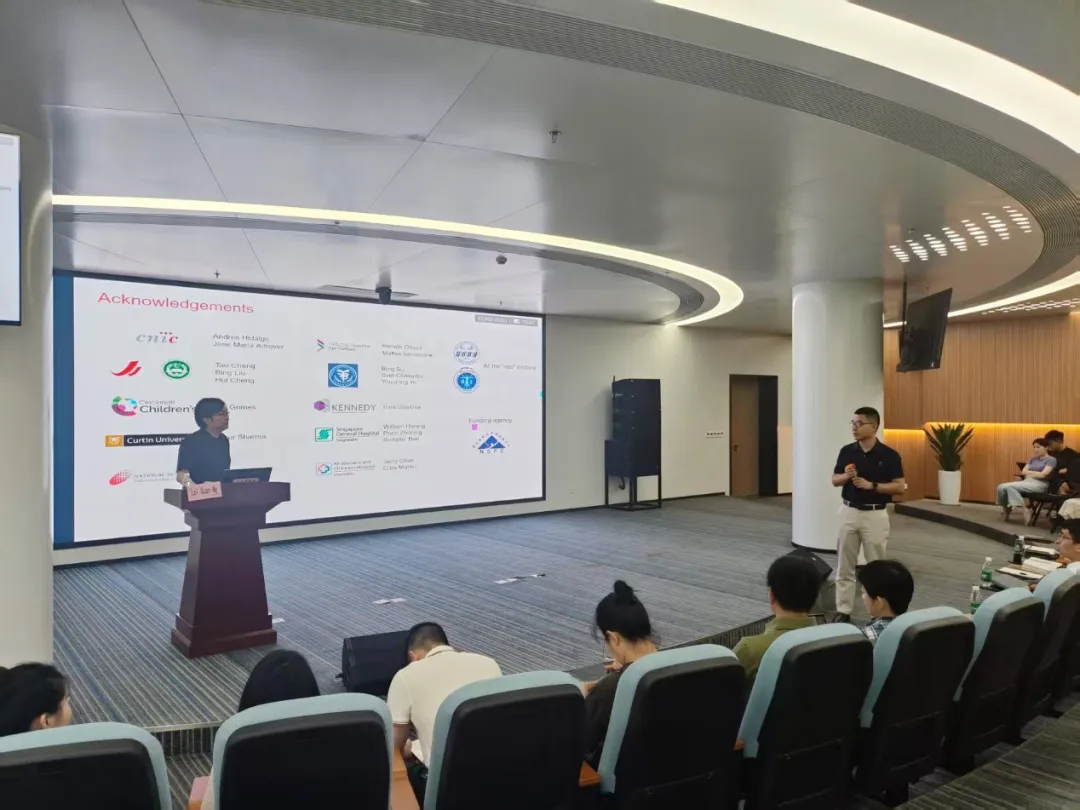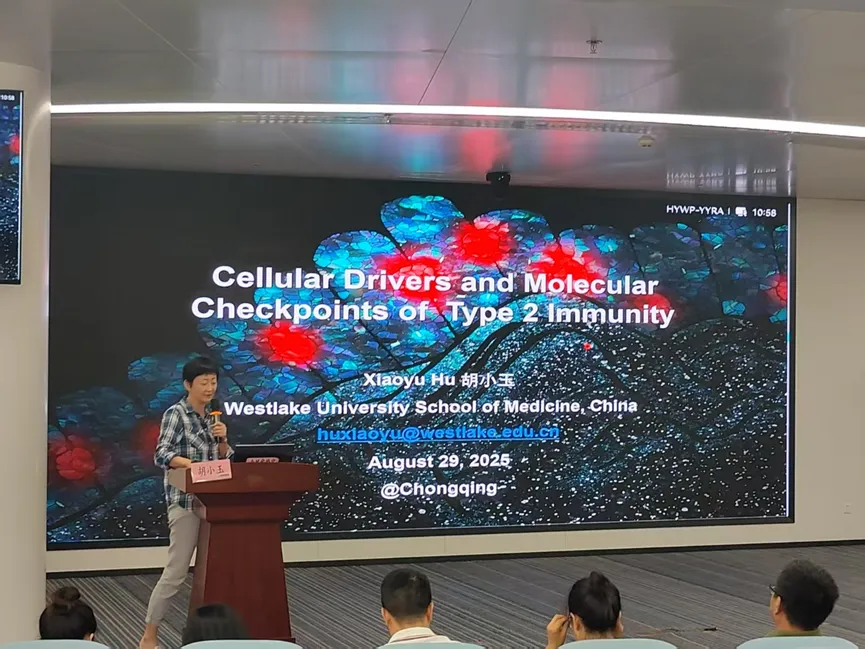
Lecture review
Lecture 1: Why focus on neutrophils?

Introduction to the speaker
Lai Guan Ng , currently a senior researcher at the Shanghai Institute of Immunotherapy Innovation and Professor at West Lake University. Dr. Garvan Institute of Medical Research, Sydney, Australia, was selected into the national high-level talent introduction program in 2022. It mainly focuses on using in-body imaging technology, high-dimensional flow, multiomics and bioinformatics methods to explore the recruitment and development patterns of immune cells (especially granulocytes and monocytes) and its role in tissue homeostasis and diseases. It has published more than 60 papers in top international journals such as Science, Nature, Immunity, and J Exp Med, and has been cited more than 30,000 times. It has reached 70+ H-index, and has been selected as the "Global Highly Cited Scientists" list for five consecutive years (2020-2024).
Main content
Neutrophils are the most abundant white blood cells in the blood, and their immune function has unique two-way regulatory characteristics. In recent years, studies have found that neutrophils can reenter the blood circulation in reverse across endothelial cells, and this dynamic migration behavior is closely related to their functional heterogeneity. In this lecture, Professor Lai Guan Ng systematically explained this: metabolic plasticity is the key to neutrophils adapting to complex physiological and pathological environments - its metabolic flexibility is regulated by the local microenvironment, and the tumor microenvironment can induce its functional reprogramming, which reveals its deep connection with chronic inflammatory diseases and tumor immune escape. At the same time, the functional plasticity of neutrophils also exhibits two-way regulatory characteristics in metabolic disorders. Even in the resting state, they can still sense and respond to changes in the local microenvironment and adjust their own functions. ; This tissue-specific adaptation mechanism suggests that the overnutrition state of metabolic syndrome (MetS) may reshape the intrinsic metabolic network of neutrophils in multiple dimensions, thereby affecting its immune output function. The above research provides a new perspective to understand the interaction between metabolism and immunity.
Lecture 2: Cellular drivers and molecular checkpoints of type 2 immunity

Introduction to the speaker
Hu Xiaoyu is currently a professor and vice president of the School of Medicine of West Lake University, and has served as the director of the Institute of Immunology at Tsinghua University. Graduated from the Basic Medicine Department of Beijing Medical University (now the School of Medicine of Peking University), and later obtained a Ph.D. in Immunology from Cornell University in the United States, and is a national outstanding youth. He has won many international academic honors including the International Cytokine Association Young Female Scientist Award and the Royal Society of Newton Senior Scholar. In 2020, he was selected as one of the five representative female immunologists in the world by Nature Immunology. ; In 2024, it was selected as the "50 Inspiring Scientists" list of the 50th anniversary of the founding of Cell Press.
Main content
Intraepithelial mast cells (IEMCs) are special mast cells that have been discovered more than a century ago, but their physiological functions have been unknown for a long time. In this lecture, Professor Hu Xiaoyu systematically introduced the team's important breakthrough in the field of intestinal type 2 immune response: First, it revealed that "mast cell-intestinal epithelial cell interaction" is an indispensable step in this immune response, and clarified the characteristics and functional mechanisms of IEMCs at the molecular level and the functional mechanism of IEMCs at the ; The second is to introduce the team's research on the negative regulatory effect and related mechanisms of the transcription factor Spi-B in intestinal tuft cells and its transcription factor 2 immune response.